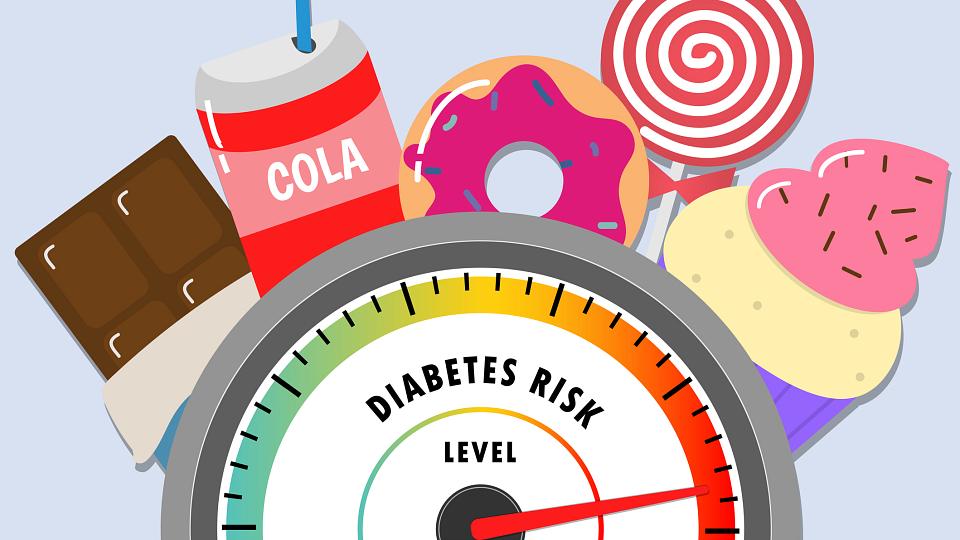Whether eating healthier is part of your New Year’s resolution or you just want a refresh, it’s important to create health-related goals that are easy to maintain.
To increase your chances of success, stop making drastic diet changes and instead make easy ones that you can stick with in the long term.
Here are some simple switches you can make today that can have a big impact on your overall health:

1. Satisfy Crunch Cravings
Instead of chips, crackers, trail mix, or “low-calorie” munchies, swap for a different crunch. Apple slices, carrots, snap peas, bell peppers, grape tomatoes, or celery make munching—and crunching—more nutritious.
2. Add Some Flavor
Give your crunchy snacks an added boost with these spreads: hummus, guacamole, low-fat cheese, or peanut butter.
3. Rethink Pasta Night
You don’t need to get rid of pasta, just rethink it.
“Swap your regular pasta night for high protein and high fiber,” says Sofia Whitefields, a registered dietitian at University of Utah Health. “You are more likely to be satisfied from a meal due to better stabilized blood sugar levels, which result in less cravings and overeating over time.”
Look for high-fiber or lentil/chickpea-based pasta. Pair it with a yummy sauce, some veggies, or a lean protein for a healthy weeknight meal.
4. Ditch Sugary Drinks
Swap out sugary drinks, such as juice, soda, sports drinks, and energy drinks. Removing sugary drinks is an easy way to ditch ultra- processed foods in the diet, which are linked to weight gain and increase the risk of health complications such as cardiovascular disease, cancer, and diabetes. Instead, add fresh fruit to your water or grab a carbonated water with natural flavors.
5. Feast on Fish
For a healthy protein alternative, include fish in your weekly dinner plans. Fish contains omega-3 fatty acids, which are low in saturated fat, help reduce inflammation, and support healthy cholesterol and blood pressure. If you are not a fish lover, consider adding plant sources of omega-3s to your diet by adding walnuts, hemp seeds, chia seeds, and flax seeds.
6. Stock Up on Soup
Soup is an easy way to pack in veggies, legumes, and whole grains. These foods increase nutrients and fiber intake to help keep you fuller for longer. Stock the freezer with frozen veggies and your pantry with canned beans so you always have ingredients on hand for a tasty soup.
If this is the year to take charge of your health and well-being, invest in yourself by adopting these five healthy food swaps.
How Mindfulness Can Ease Stress and Improve Your Physical Health
Mindfulness practices can help with stress, depression, and anxiety—but research has shown that they can also help with physical conditions.







